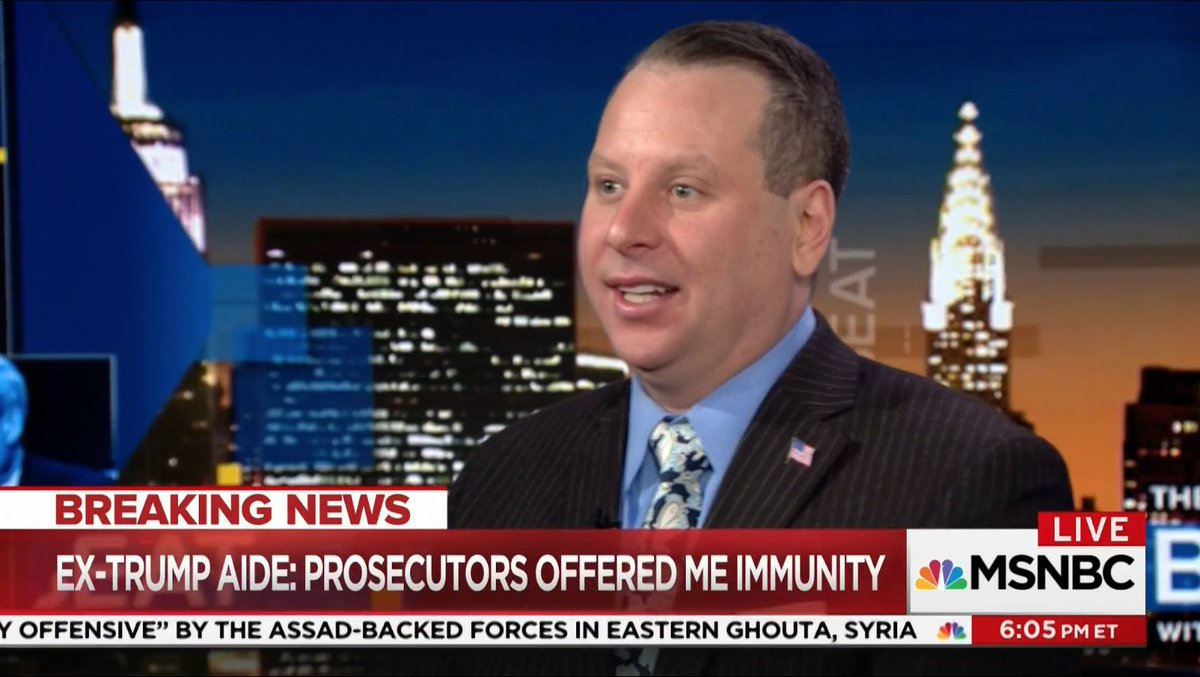IF focuses on *when* you eat rather than *what* you eat. This makes it the easiest diet because you still eat the same food you are eating right now.
Once you optimize *when* you eat, you can optimize *what* you eat later to get the best benefits.
The time period when you are allowed to eat is called feeding period, and the rest of the time when you do not eat is called fasting period.
8 hours of feeding period and 16 hours of fasting period is the most common one; often referred as "16:8" IF.
If that's difficult to follow, start with 15:9.
Start your Feeding Period at 1 PM with lunch as your first meal of the day, and end it with dinner at 9 PM as the last meal of the day.
Don't eat anything between the dinner and next day's lunch - this is your Fasting Period.
Instead of skipping your breakfast, take your dinner early - - at 6 PM.
So, you start your feeding period at 10 AM with your breakfast and end it at 6 PM with your dinner.
Don't eat anything from 6 PM to next day's breakfast.
Multiple studies show that we digest food better before sunset:
- ncbi.nlm.nih.gov/pubmed/8770017
- ncbi.nlm.nih.gov/pmc/articles/P…
If you are overweight and want to reduce weight, skip your evening snack instead of the breakfast.
You can stretch your Fasting Period to 24 hours.
If you take lunch today and don't eat anything till tomorrow's lunch - that would give you a 24 hour fasting period.
But don't do it every day. This is best done once a week.
Once a week, say on Saturday, take lunch, and fast till Sunday lunch. Rest of the days of the week follow the normal 16:8 IF.
- avoid doing intense workout in the fasted state
- don't add a 24-hour IF if you are already skipping a meal in your daily 16:8 IF
Beverages allowed in the Fasting Period:
- Green Tea
- Black Coffee
- Water
No sugar. No milk. No soda. No cream.








